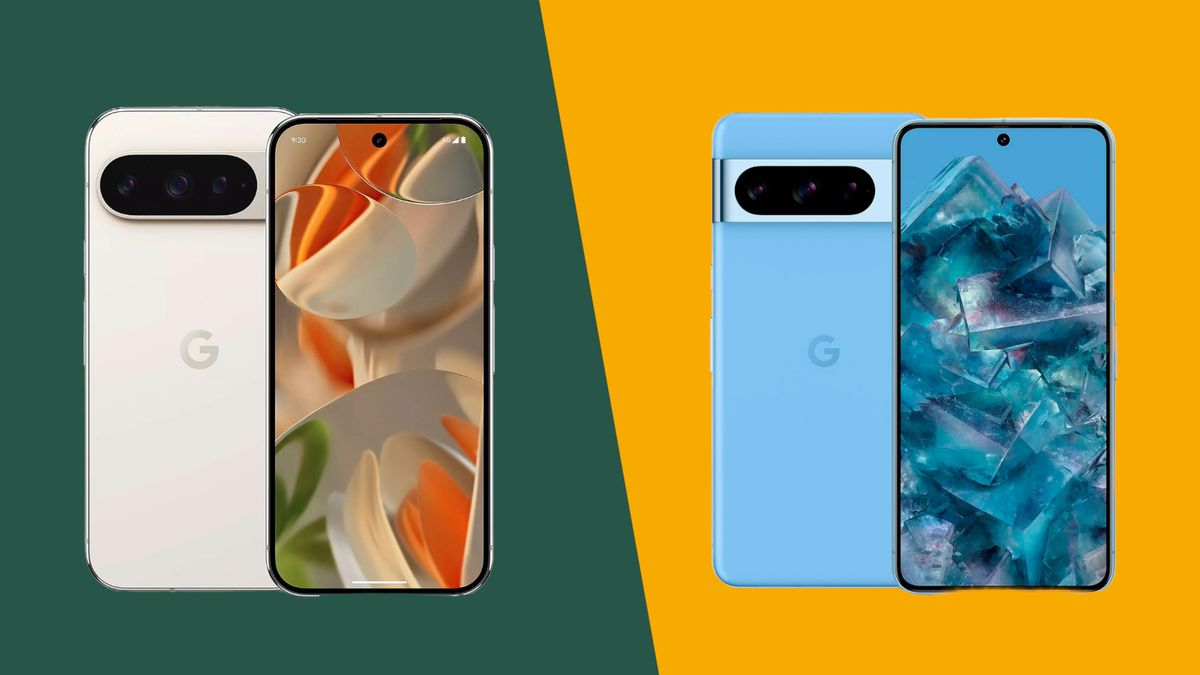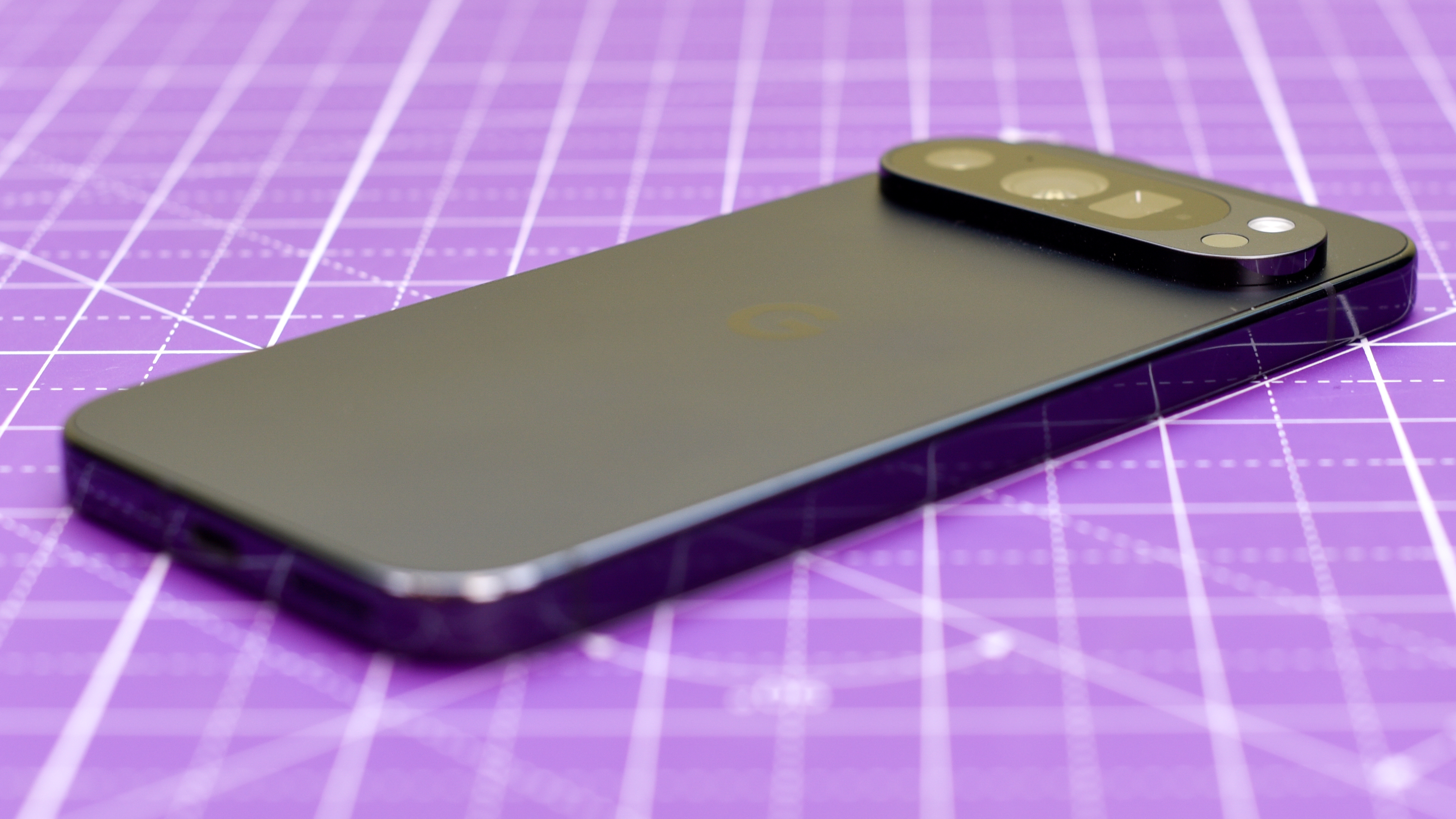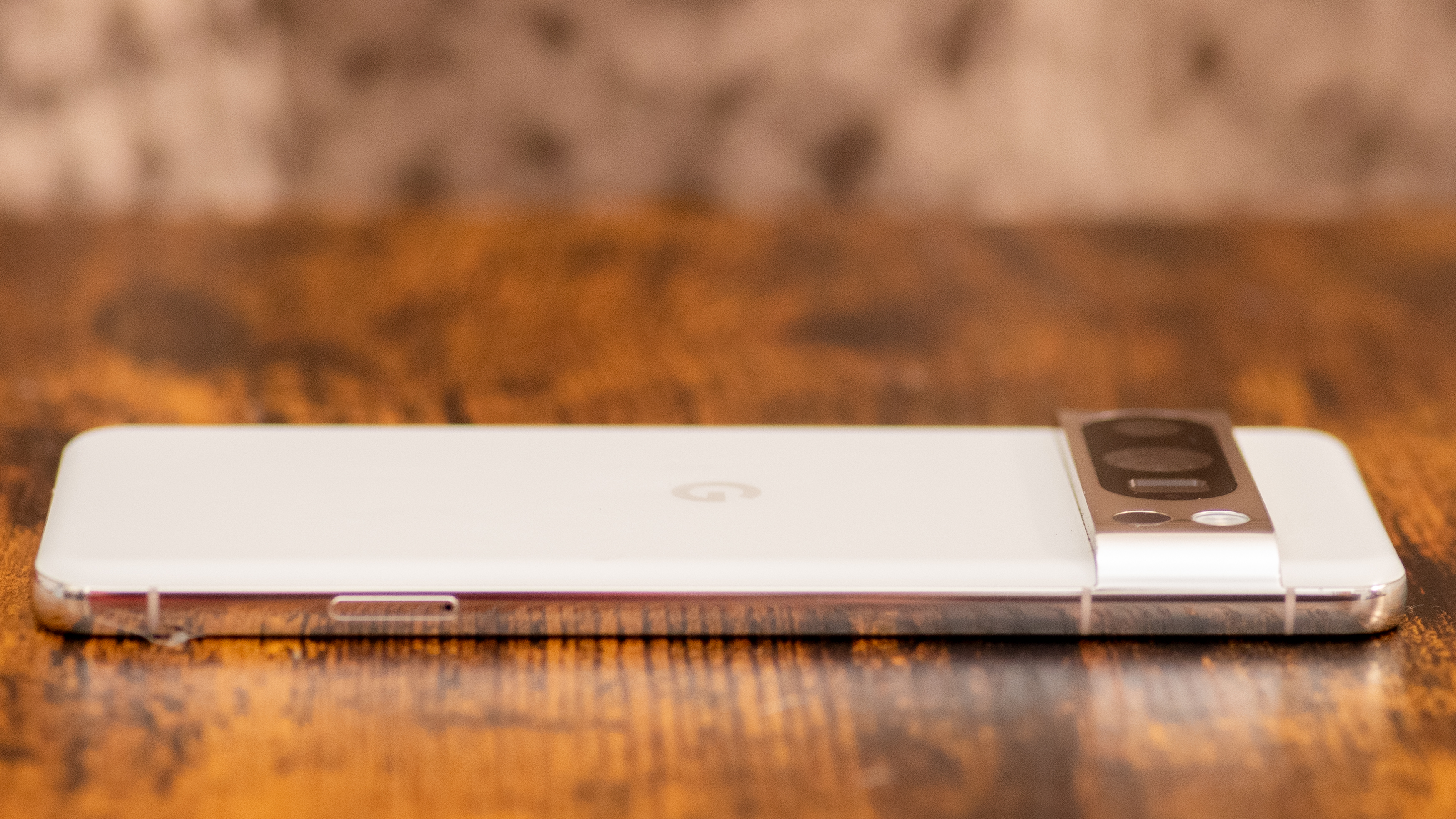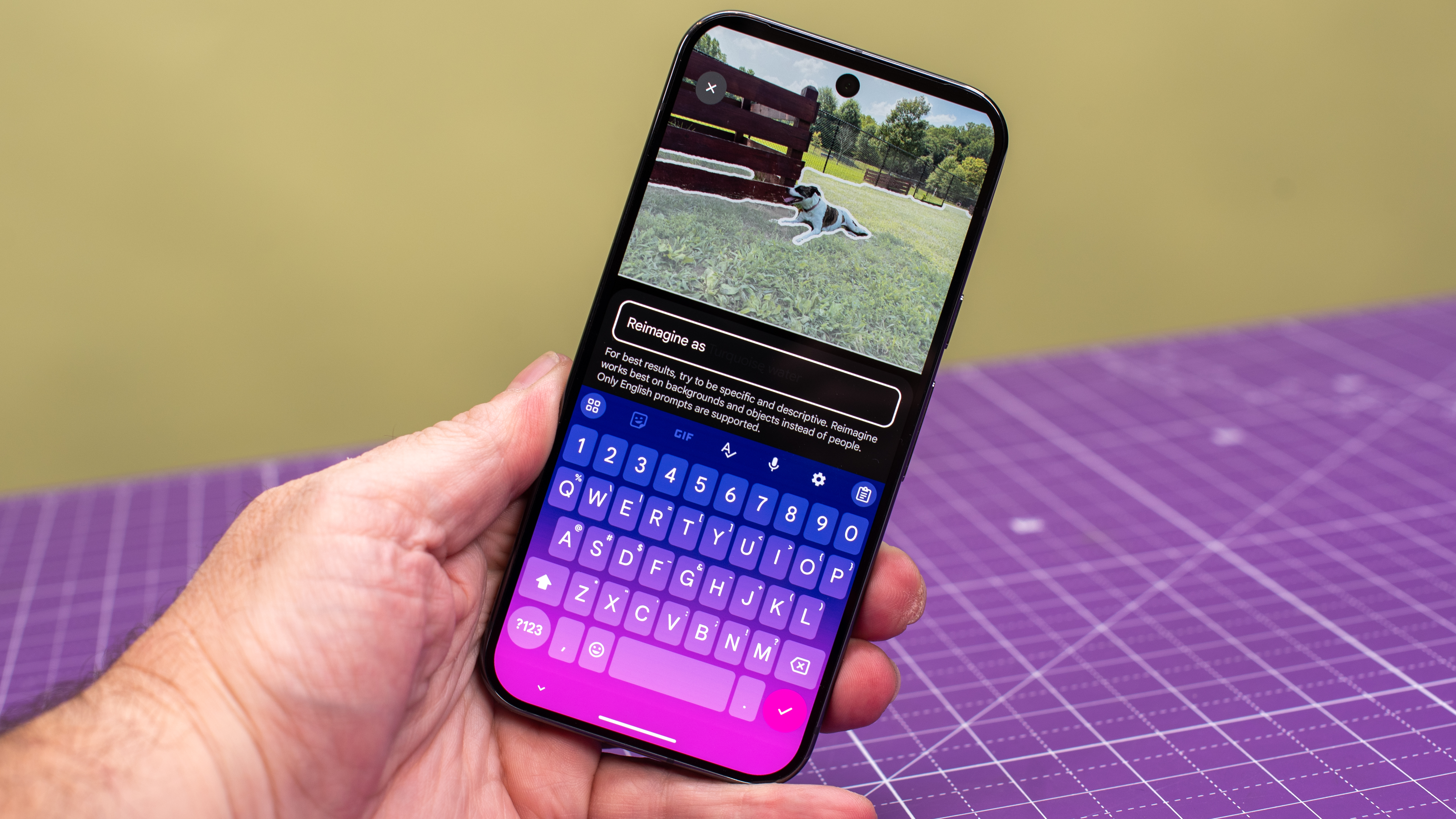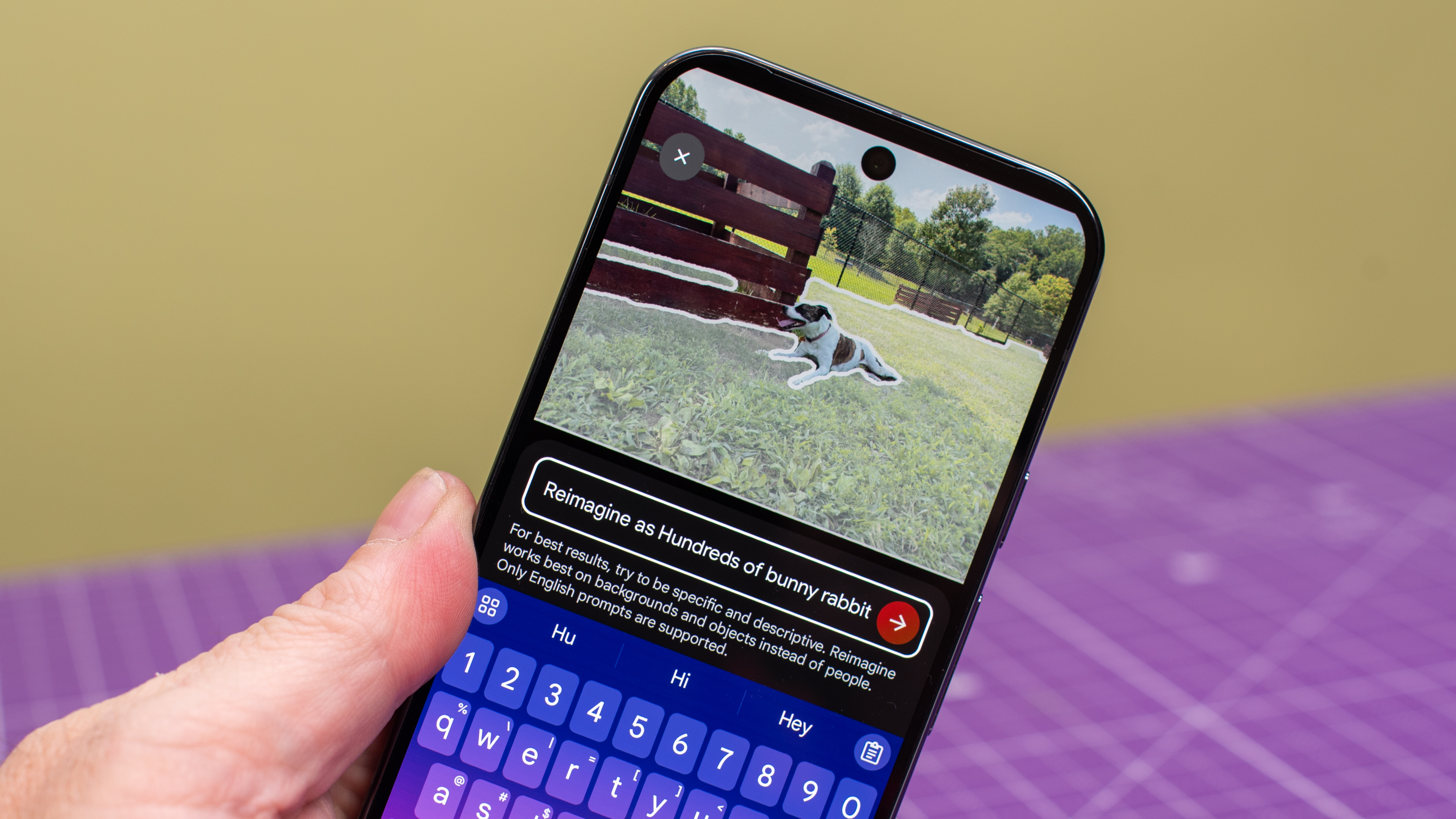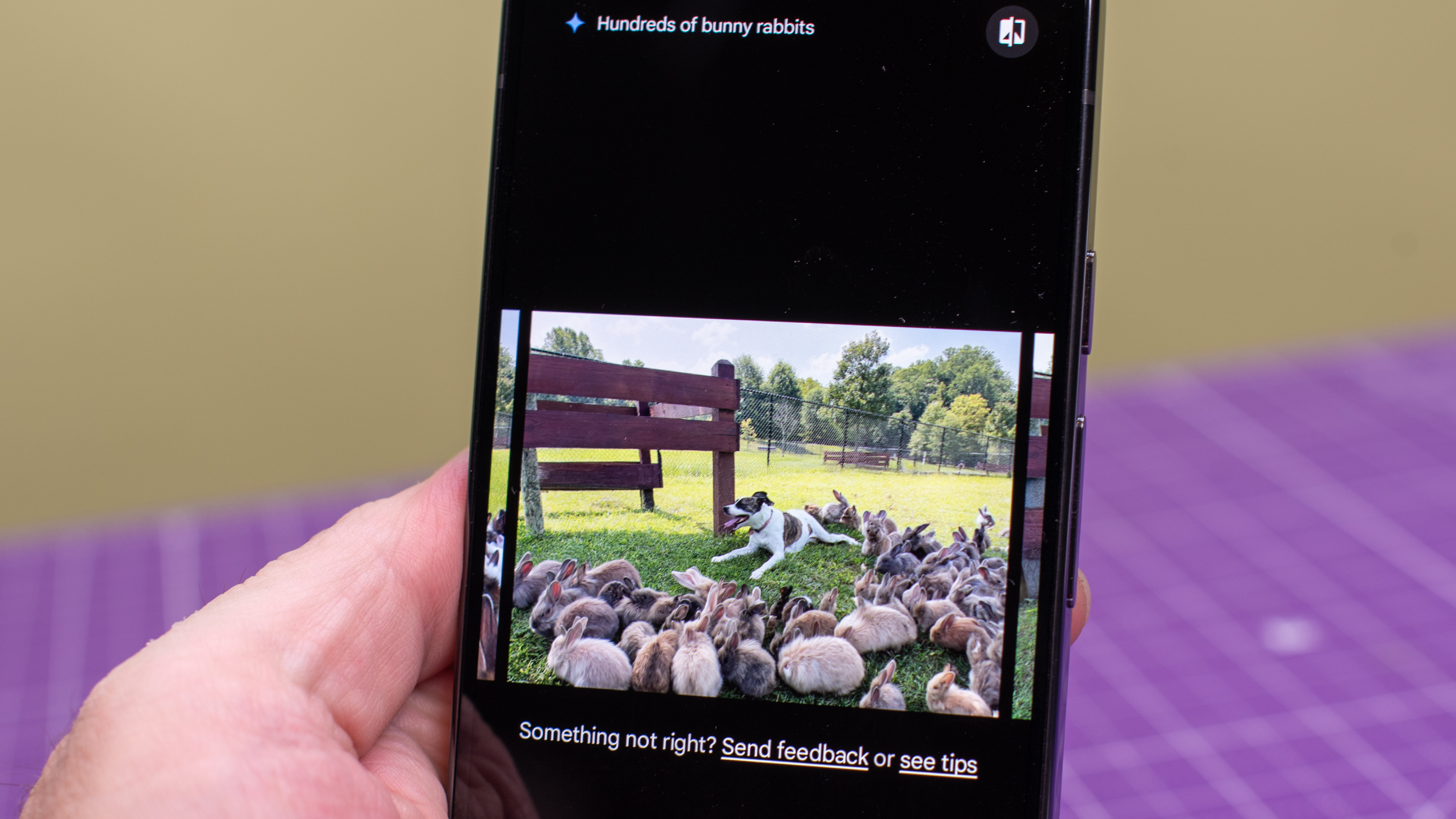The one truly new model in Google’s latest phone range, the Pixel 9 Pro carries over the flagship specifications of the XL, but packs them down into a compact body.
For
- Clean new design with compact dimensions
- Superb cameras in all lighting conditions
- Clean UI with some magical AI features
Against
- Not all AI features are worthwhile
- Performance is relatively poor for a flagship
- It feels somewhat expensive compared to the Pixel 8 Pro
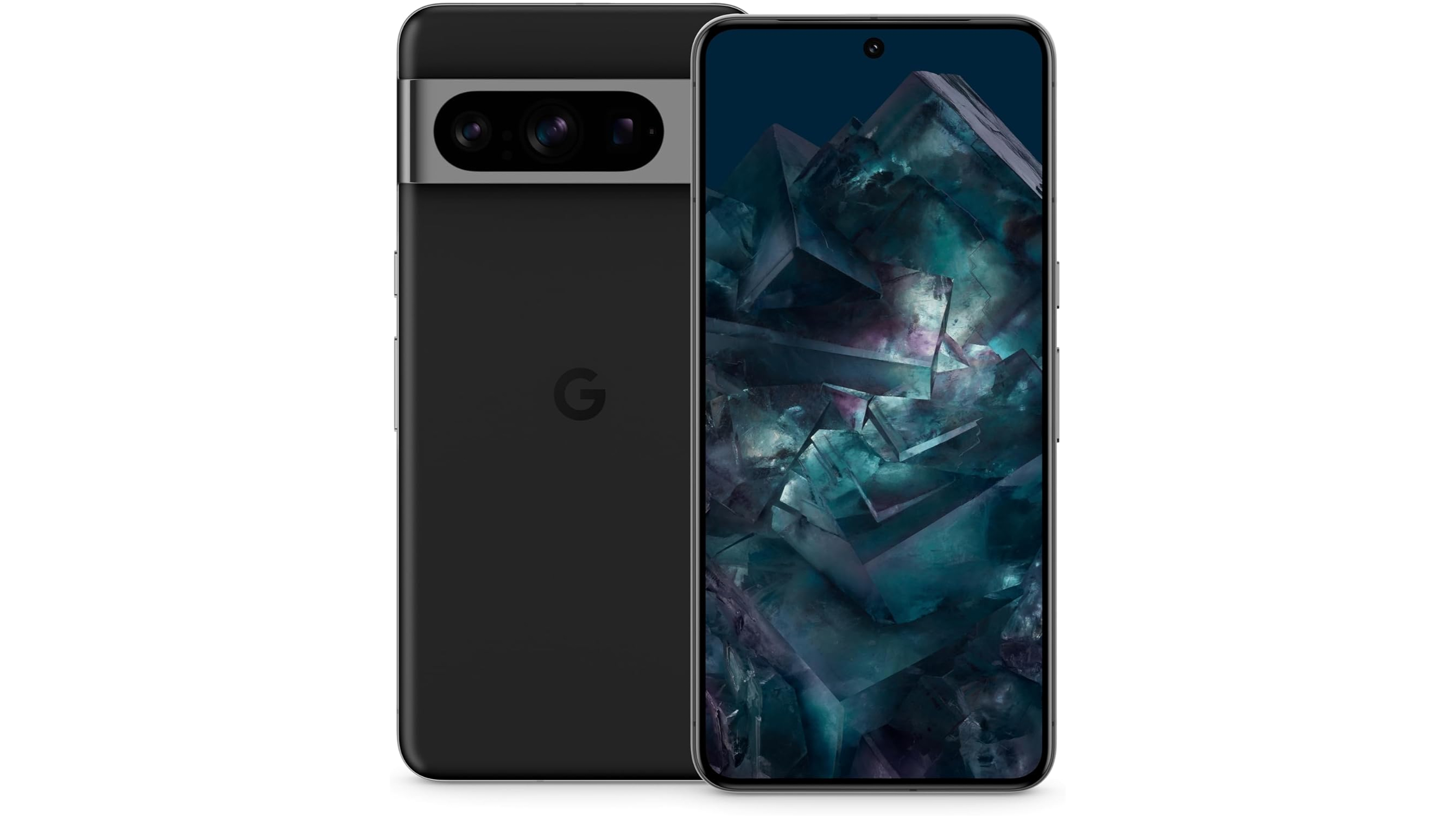
The Google Pixel 8 Pro paved the way for the Pixel 9 Pro with its excellent cameras and fancy AI capabilities, all for a very reasonable price.
For
- Excellent triple-camera system
- Smart UI and a lengthy seven-year update promise
- Bigger phone for similar or even less money
Against
- Performance not up to current flagship standard
- Google’s AI creep started here
- Old Pixel style will look stale to some
No 2024 flagship phone is as confusing as the Google Pixel 9 Pro. If you’d (understandably) assumed that Google’s latest flagship was a direct follow-up to the Google Pixel 8 Pro, you’d be wrong.
The Pixel 9 Pro is not a full-on successor. Not entirely, at least. That honor falls to the Google Pixel 9 Pro XL, which offers a similar blend of top-notch hardware in a super-sized smartphone package. So, what does the Pixel 9 Pro bring to the table, and how does it compare to the Pixel 8 Pro?
We’ve spent plenty of time with both phones, and you’ll find our verdict on each device in our Google Pixel 9 Pro review and Google Pixel 8 Pro review. Spoiler alert: the Pixel 9 Pro scores higher. But is it as simple as that? Of course it isn’t. There are a few wrinkles thrown in along the way, and the Pixel 8 Pro still gives a good account of itself. Let’s take a closer look.
Google Pixel 9 Pro vs Google Pixel 8 Pro: specs comparison
Let’s take a quick look at the key specifications of these two Google phones before we dive into the finer details.
| Google Pixel 9 Pro | Google Pixel 8 Pro | |
|---|---|---|
| Weight: | 199g | 213g |
| Dimensions: | 152.8 x 72 x 8.5mm | 162.6 x 76.5 x 8.8mm |
| Screen size: | 6.3-inch | 6.7-inch |
| Resolution: | 1280 x 2856 | 1344 x 2992 |
| CPU: | Google Tensor G4 | Google Tensor G3 |
| RAM: | 16GB | 12GB |
| Storage: | 128GB / 256GB / 512GB / 1TB | 128GB / 256GB / 512GB / 1TB |
| Battery: | 4,700mAh | 5,050mAh |
| Rear cameras: | 50MP wide; 48MP ultrawide; 48MP 5X zoom | 50MP wide; 48MP ultrawide; 48MP 5X zoom |
| Front camera: | 12MP | 10.5MP |
| Colors: | Porcelain, Rose Quartz, Hazel, Obsidian | Obsidian, Porcelain, Bay, Mint |
Google Pixel 9 Pro vs Google Pixel 8 Pro: price and availability
The Google Pixel 9 Pro became available in the US, UK, and Australia on August 22, 2024. That was about two months earlier than expected, with the Pixel 8 Pro arriving on October 12, 2023.
Pricing for the Pixel 9 Pro begins at $999 / £999 / AU$1,649 for the model with 128GB of storage, while the 256GB model costs $1,099 / £1,099 / AU$1,849, the 512GB model costs $1,219 / £1,219 / AU$2,049, and the 1TB model costs $1,449 (it’s not available in the UK or Australia).
That’s very similar indeed to the Google Pixel 8 Pro’s launch pricing, which started at $999 / £999 / AU$1,699 for the model with 128GB of storage. Stepping up to the 256GB model would have cost you $1,059 / £1,059 / AU$1,799, while the 512GB model came in at $1,179 / £1,179 / AU$1,999. The range-topping 1TB model came with a $1,399 price tag (again, this one wasn’t available in the UK or Australia).
As you can see, things start on roughly equal footing, but the higher storage models of the Pixel 9 Pro are a little more expensive than their Pixel 8 Pro counterparts. Even if we’re calling this a tie, though, this represents a price bump on Google’s part – and we’re not just talking about the fact that you can now buy the Pixel 8 Pro for significantly cheaper if you shop around.
Google Pixel 9 Pro vs Google Pixel 8 Pro: design
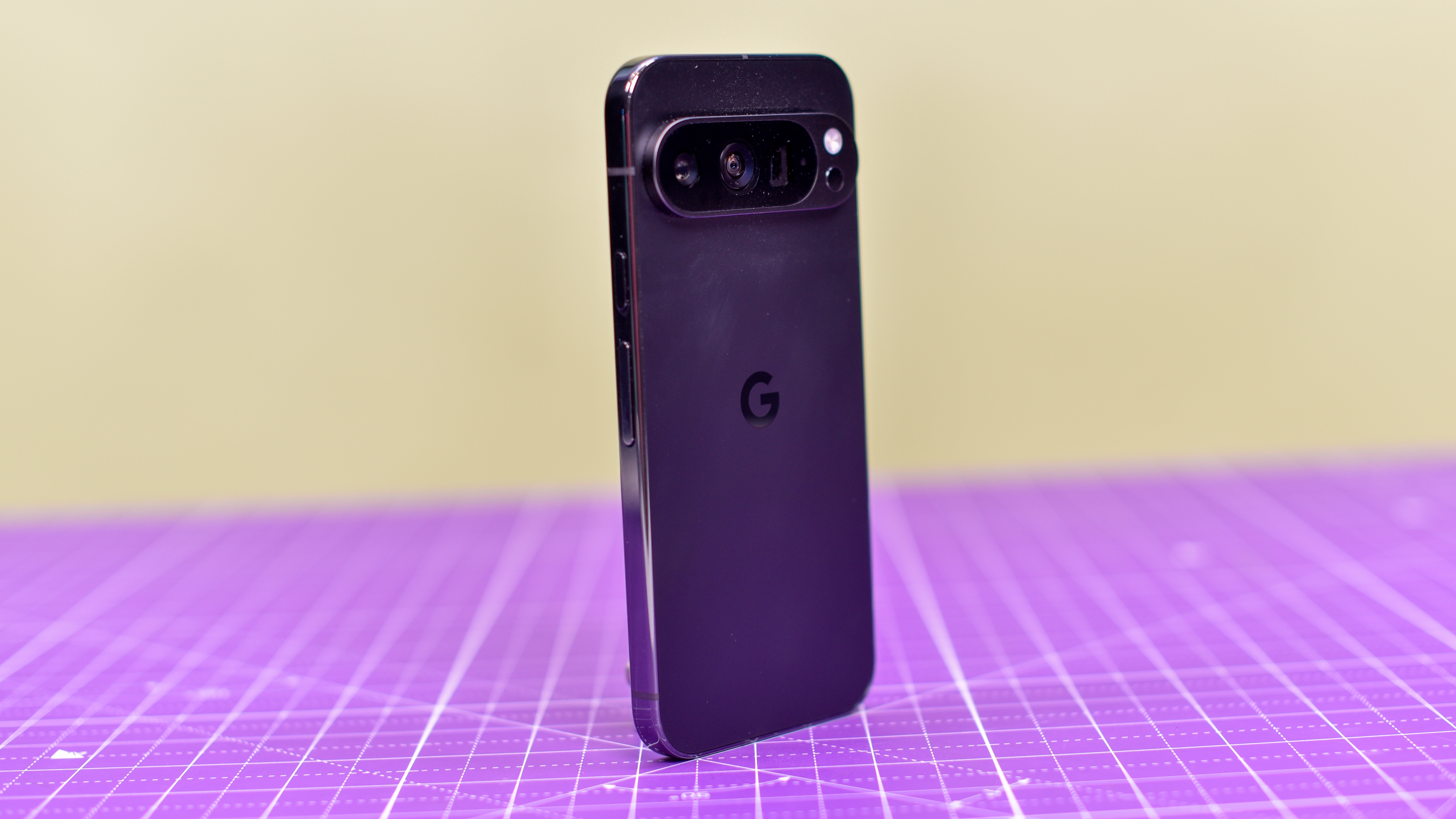
As we mentioned in the intro, the Pixel 9 Pro isn’t actually the direct successor to the Pixel 8 Pro. That would be the Pixel 9 Pro XL.
Google has seen fit to tinker with its naming system this year, but the long and short of it is that the Pixel 9 Pro is the one all-new model in the 2024 roster. It essentially takes all of the flagship elements of the Pixel 9 Pro XL and squeezes them into a much smaller package. Think what Apple does with the iPhone 15 Pro and the iPhone 15 Pro Max.
All of which is to say that despite sharing the same launch pricing, the Pixel 8 Pro is a much larger phone than the Pixel 9 Pro. At 162.6 x 76.5 x 8.8mm, the older phone makes the 152.8 x 72 x 8.5mm Pixel 9 Pro seem tiny.
Interestingly, the Pixel 8 Pro isn’t too much heavier than its younger brother. At 213g, it’s a relatively trifling matter of 14g. According to Google, the Pixel 9 Pro is twice as durable as the Pixel 8 Pro, though in terms of raw materials, both phones use the same Gorilla Glass Victus 2 and aluminum. Both are IP68 rated, too.
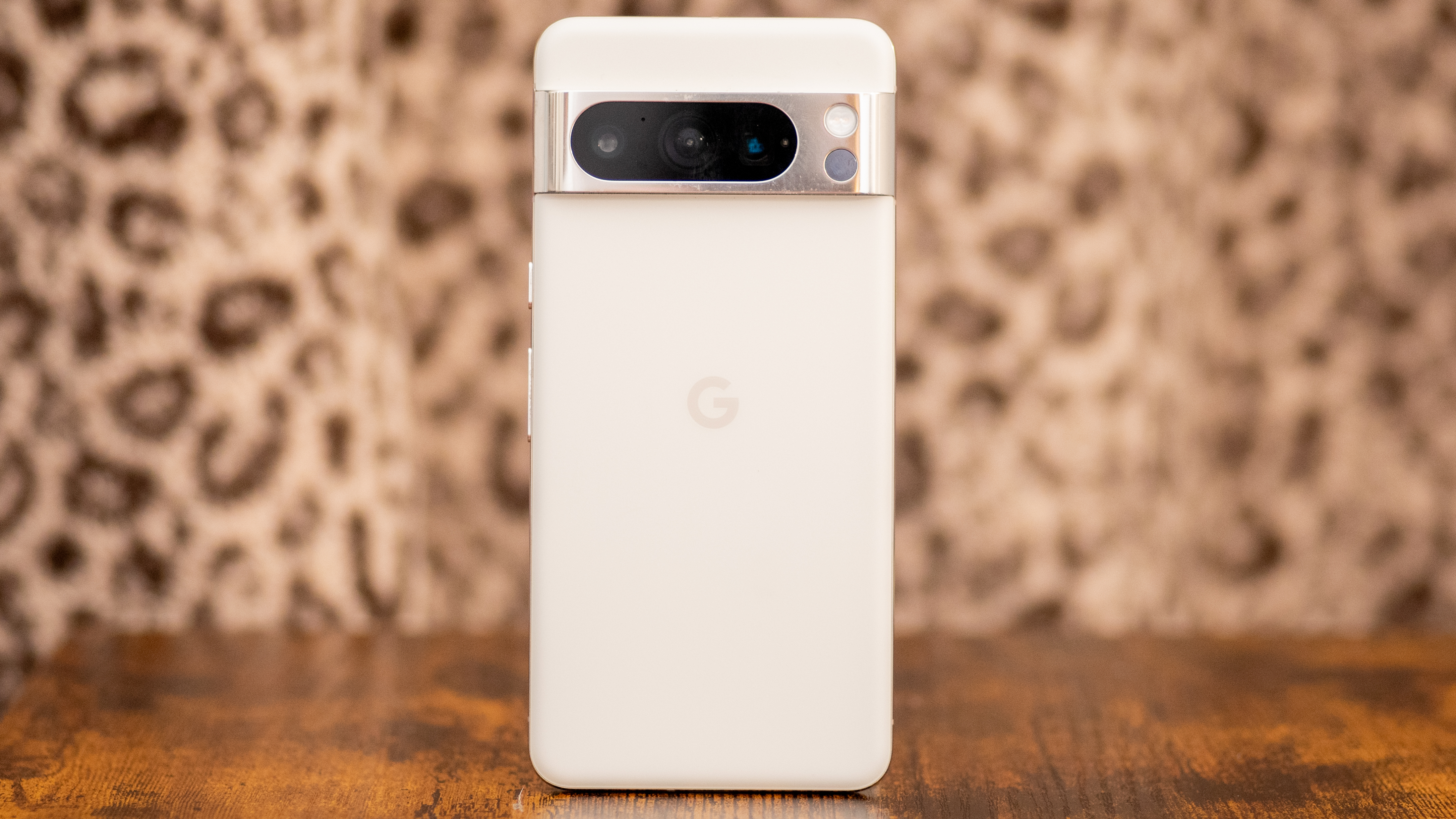
It’s not just the size that differs in these two designs, either. The Pixel 8 Pro iterates on previous Pixel models, with curved edges and a distinctive camera visor that gently melds into the frame.
The Pixel 9 Pro ditches much of this, adopting a flatter, more industrial look that more closely resembles the iPhone 15 Pro. Even the signature Pixel camera module is gone, though the Pixel 9 Pro’s wide, prominent pill-shaped module still carries an echo of that stand-out detail.
Just about the only shared design flourish is the use of a shiny metal rim and a matte glass rear. The Pixel 9 Pro offers new Rose Quartz and Hazel color options, dropping the Pixel 8 Pro’s Bay and Mint, but retaining the Obsidian and Porcelain (black and white).
Our reviewer preferred the design of the Pixel 9 Pro, scoring it higher and calling it “the smoothest, most polished phone I’ve felt in years”. Your opinion may vary, but either way, it’s genuinely refreshing to see a manufacturer other than Apple put its best foot forward with a compact flagship phone.
Google Pixel 9 Pro vs Google Pixel 8 Pro: displays
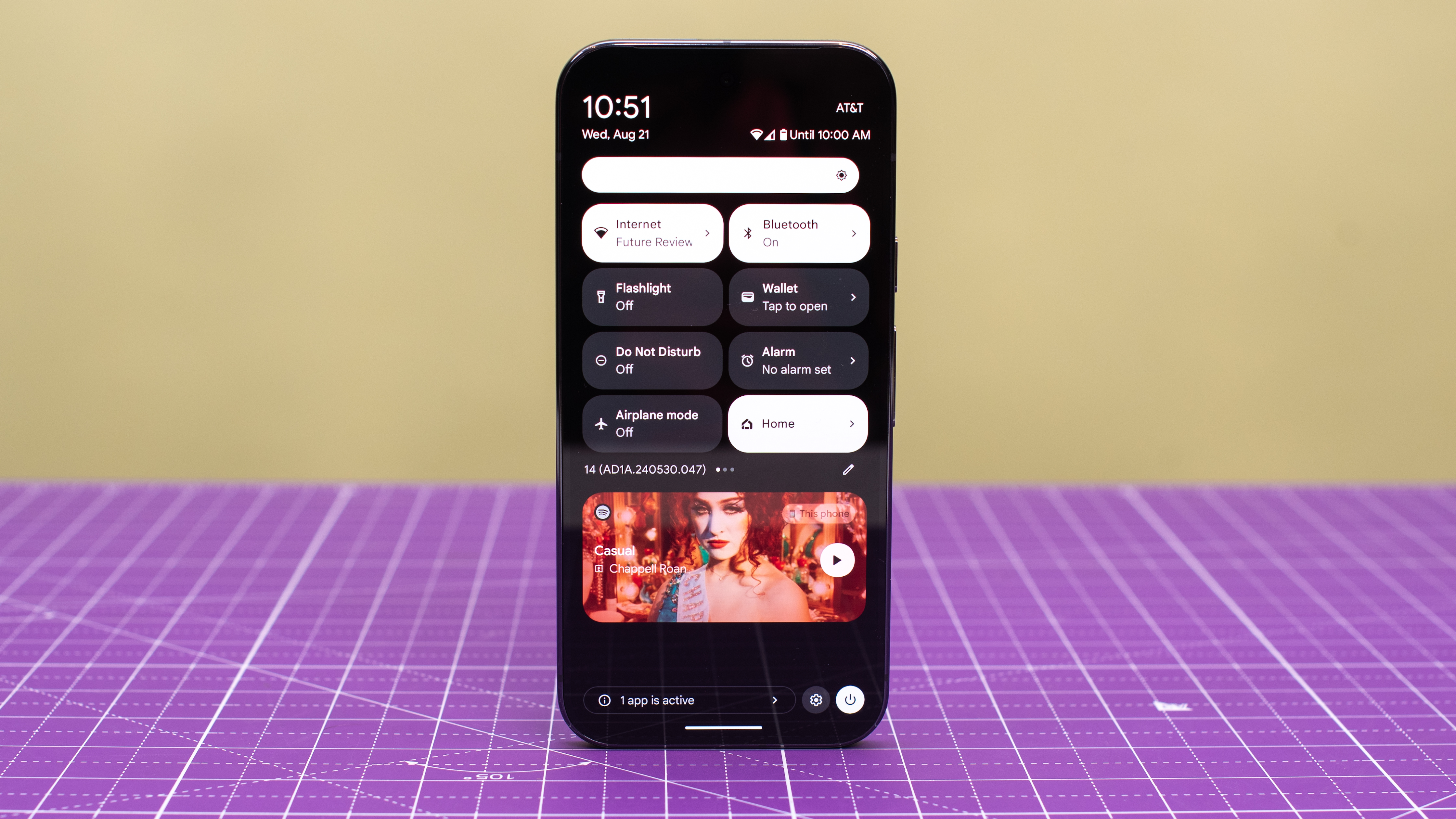
It shouldn’t take a genius to figure out that the Pixel 8 Pro, with its much larger body, has a much larger display than the Pixel 9 Pro. While the new phone has a compact 6.3-inch OLED screen, the older one uses a 6.9-inch panel.
The specs are otherwise quite similar. The Pixel 8 Pro has the higher resolution, coming in at 1280 x 2856 compared to the Pixel 9 Pro’s 1344 x 2992. However, thanks to the difference in size, they’re actually about as sharp as one another, with a 495ppi rating for the Pixel 9 Pro compared to 489ppi for the Pixel 8 Pro.
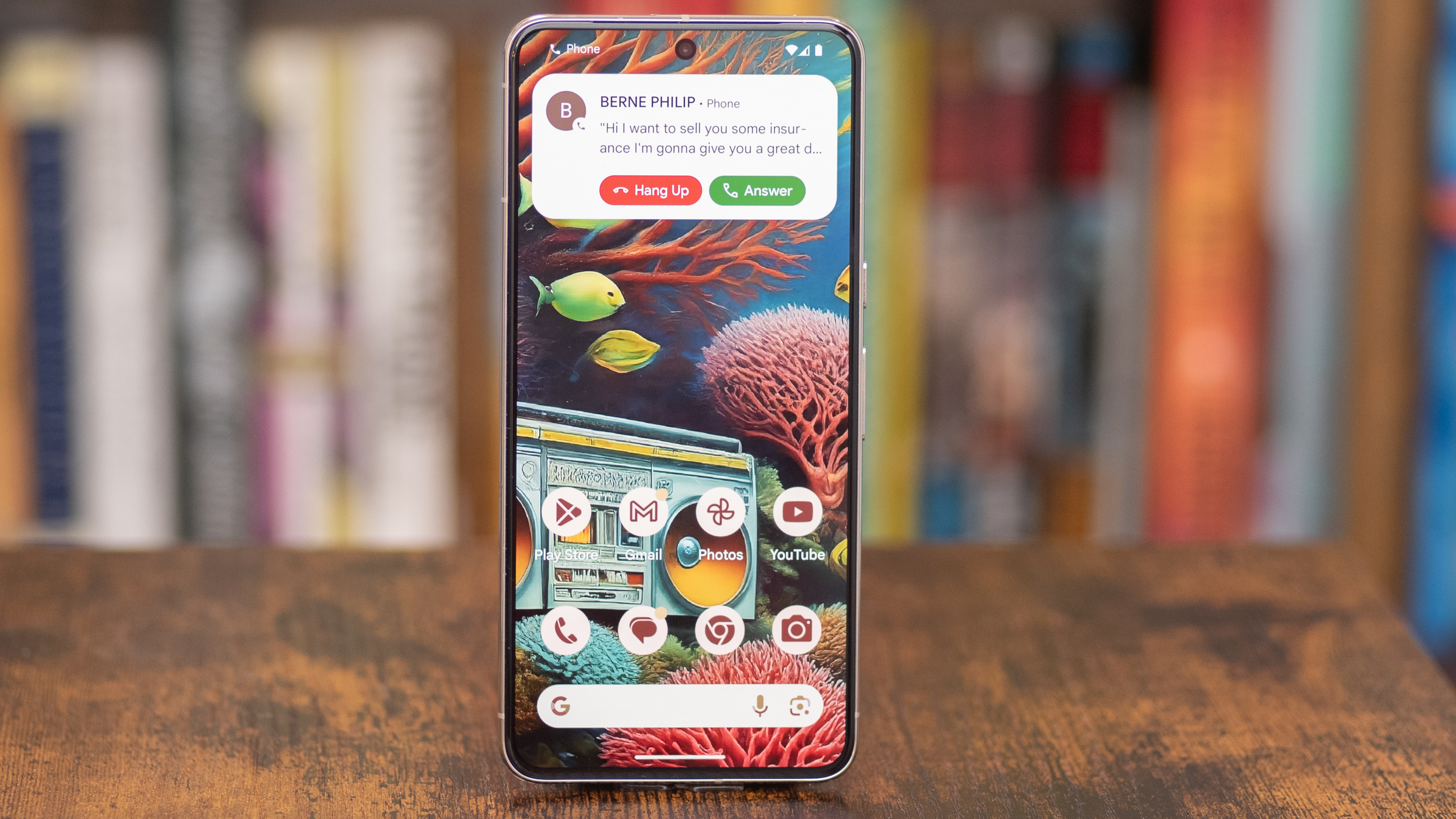
Both are vibrant OLED panels with fluid 120Hz maximum refresh rates, and both use LTPO panel technology to scale all the way down to 1Hz when the current task dictates it.
Other than size, the single biggest difference here is brightness. The Pixel 9 Pro gets way brighter, hitting a peak of 3,000 nits in HDR scenarios. The Pixel 8 Pro can hit 2,400 nits, which is still very good, but quite a bit less than its younger brother.
Both are great screens, and it all comes down to what you value more – raw real estate or eye-searing brightness on a sunny day.
Google Pixel 9 Pro vs Google Pixel 8 Pro: cameras
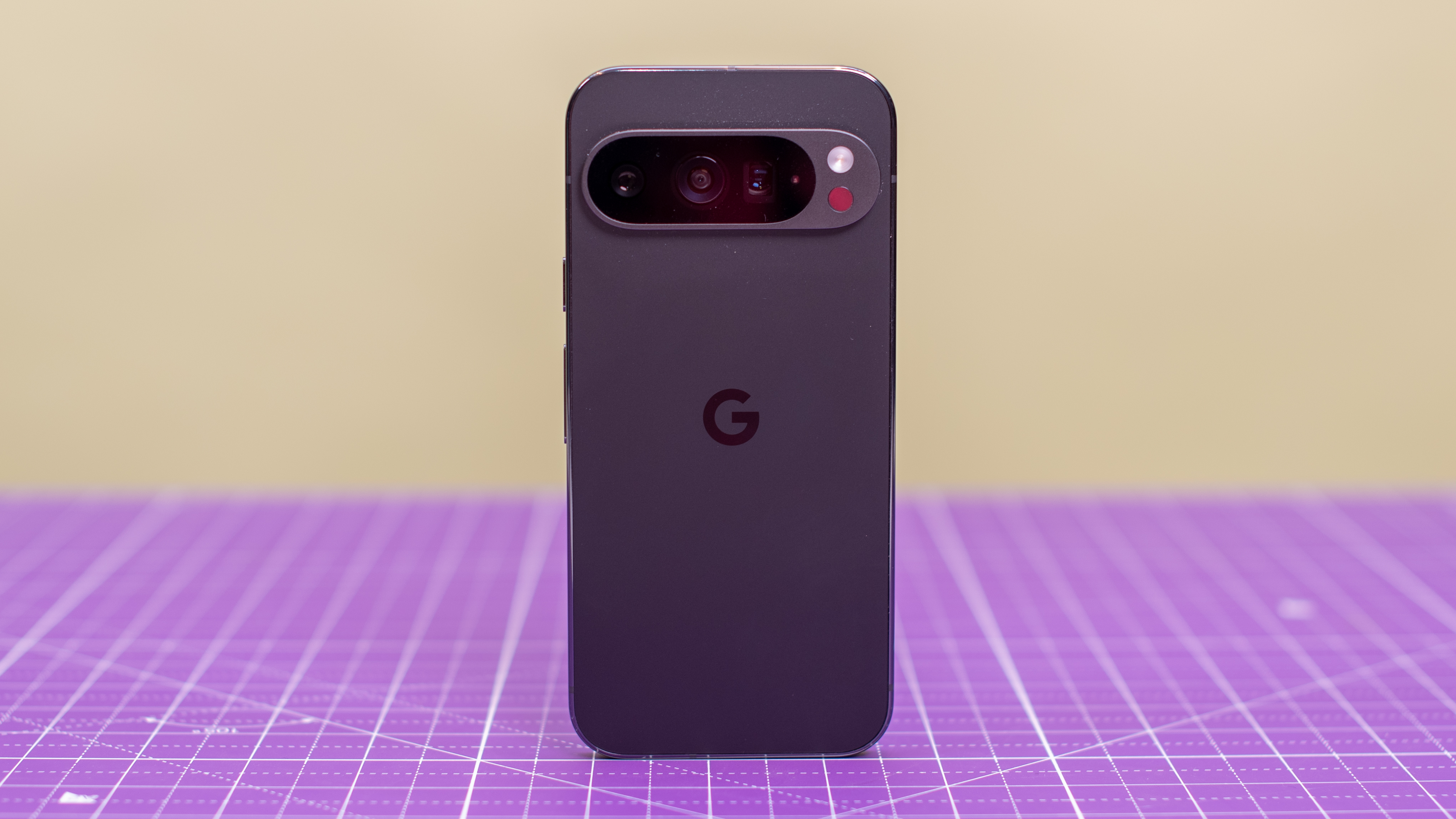
Pixel phones always take brilliant pictures, and Google doesn’t tend to change up its hardware as much as other manufacturers. These two points inform the fact that these two phones have very similar – and similarly effective – camera setups.
Both have the same 50MP 1/1.31“ main camera with an f/1.7 aperture. Both also have the same 48MP 1/2.55” 5x periscope camera with an f/2.8 aperture.
There are slight differences with the third and final camera, however. While both of these ultra-wides hit 48MP, the Pixel 9 Pro’s sensor is slightly different, with a wider f/1.7 aperture (vs f/2.0) for more light scoopage, as well as a slightly narrower 123-degree field of view (vs 126-degrees).
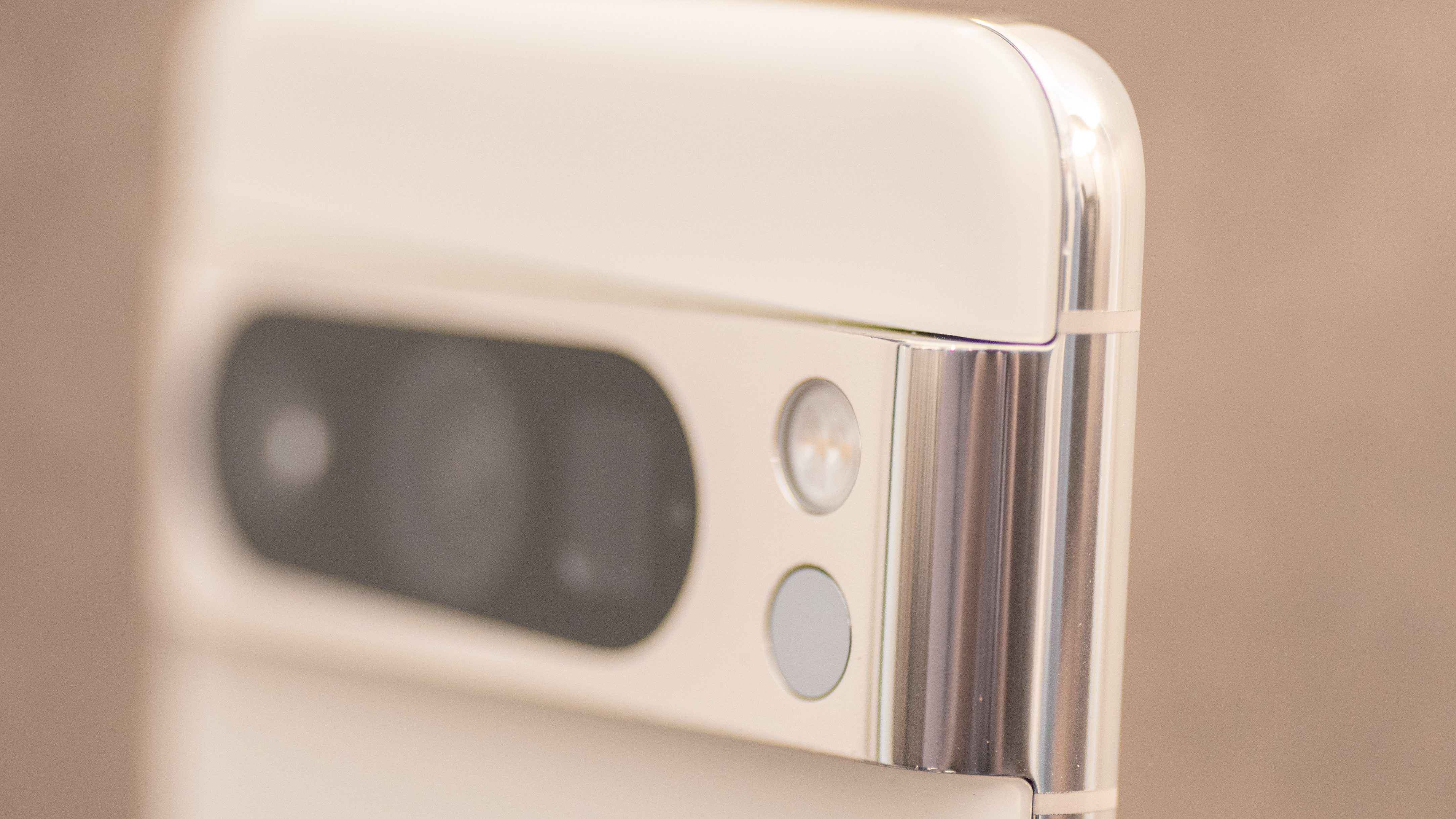
If they sound like minor changes, you’d be right. In fact, by far the biggest hardware change here relates to the front cameras, where Google has upgraded the Pixel 8 Pro’s 10.5MP selfie snapper to a 42MP unit in the Pixel 9 Pro.
Even so, that’s not why we awarded the Pixel 9 Pro camera full marks in our review. Google has always been all about image processing, and it’s improved the quality of the pictures that its new phone takes by bolstering its algorithms and switching to a more capable Tensor G4 processor.
While both phones take excellent snaps in all conditions, we described the Pixel 9 Pro as “a contender for the top spot on our list of the best camera phones you can buy”, with Google having made “worthy improvements across the board to many different camera features”.
Our reviewer was impressed with the Pixel 9 Pro’s new night-time panorama mode, as well as its all-round color handling. It can also up-res 4K videos to 8K, should you wish it to, which the Pixel 8 Pro can’t do.
Google Pixel 9 Pro vs Google Pixel 8 Pro: performance and software
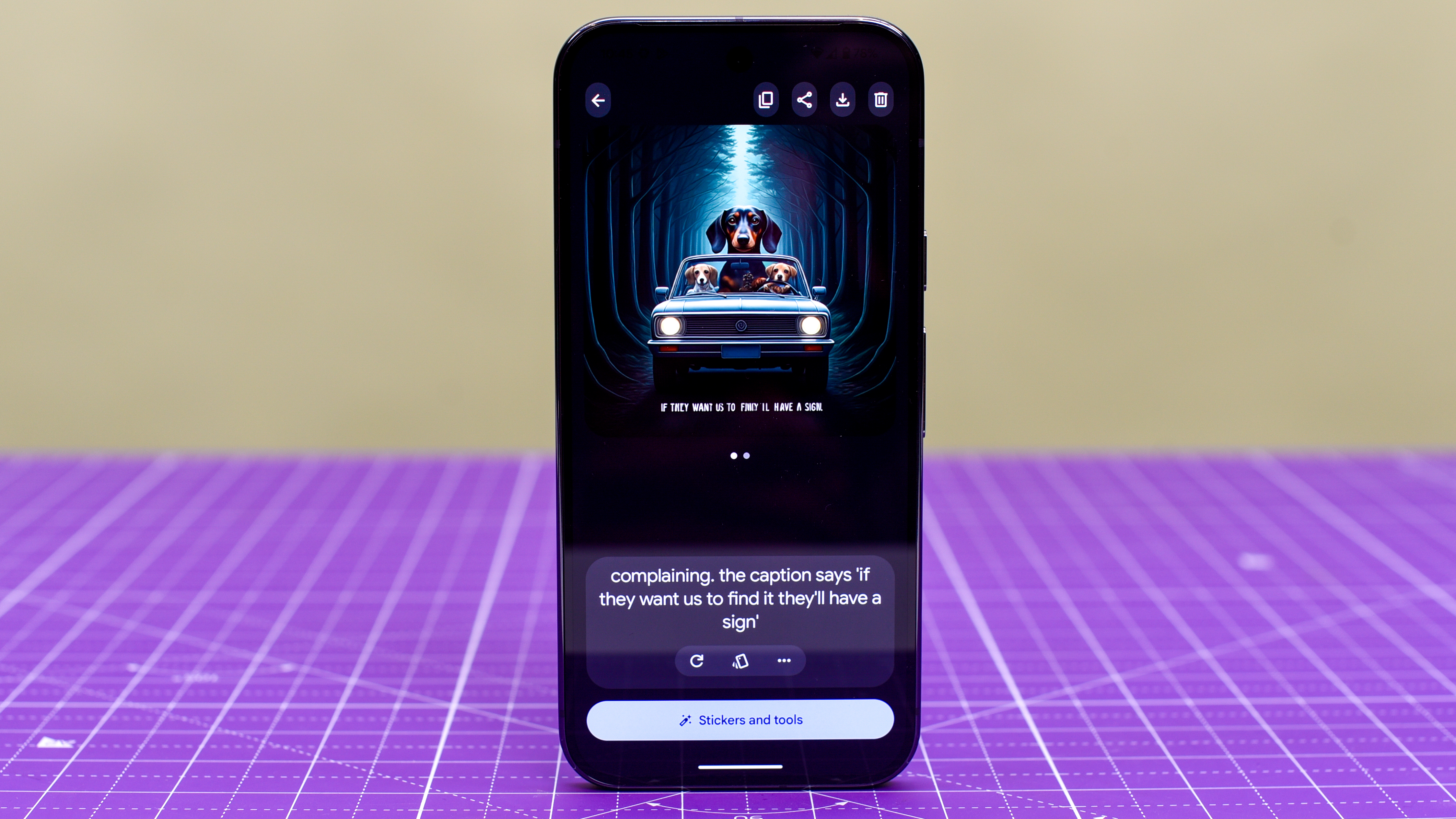
Google has made the expected generational performance upgrade with the Pixel 9 Pro, moving up from the Pixel 8 Pro’s Tensor G3 to the – you guessed it – Tensor G4.
To be brutally honest, it’s a pretty minor upgrade in raw CPU and GPU terms. CPU benchmark results suggest a 15%(ish) improvement over the Pixel 8 Pro, while GPU benchmarks range between a 10 and 20% uptick.
Naturally, then, we wouldn’t choose performance as a major reason to choose one over the other. But the Pixel 9 Pro and Pixel 8 Pro don’t exist in a vacuum.
Both of these phones fall way behind their contemporaries in terms of raw performance. In general usage, you won’t notice the difference too much (if at all), but our reviewer was able to make the newer Pixel 9 Pro falter a little while multitasking.
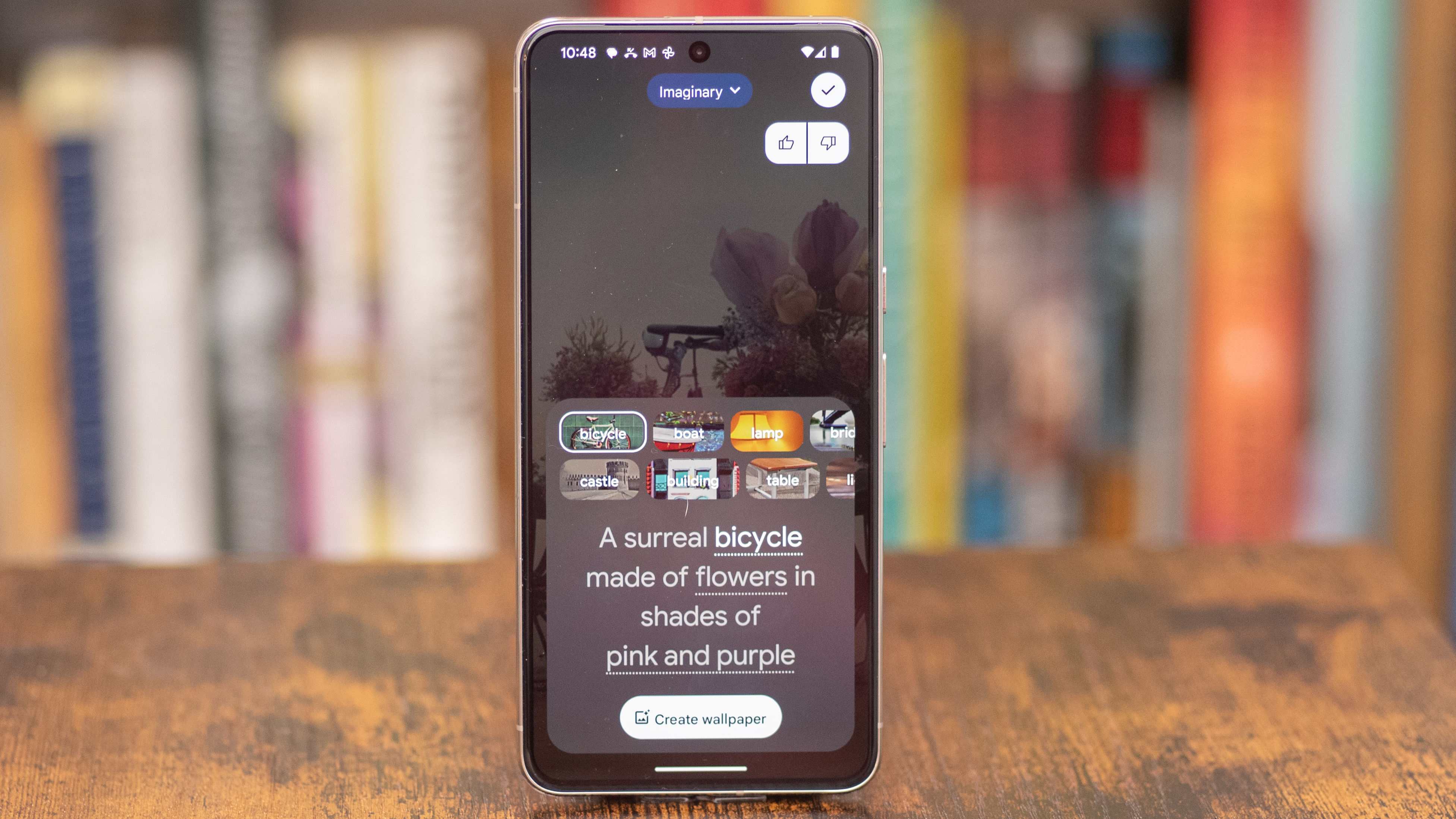
This could always be solved with a firmware update, of course, and the Pixel 9 Pro does boast a key spec that makes us think it’ll be more future-proof than its older brother. With 16GB of RAM, it has more memory than anything short of a gaming phone – it’s certainly a lot more than the 12GB provided by the Pixel 8 Pro.
We’re not entirely convinced that either of these phones will be able to last the full seven-year span that Google promises to support them for, but the Pixel 9 Pro has more potential thanks to that RAM allotment – especially when it comes to the memory-hungry AI applications that are now coming thick and fast.
All of this brings us to the matter of software, which is broadly the same across these two phones. We are talking about two Google phones, after all.
Android 15 wasn’t ready at the launch of the Pixel 9 Pro, which meant that it shipped with much the same Android 14 version as the Pixel 8 Pro did a year earlier. That’s unfortunate, but it’s not a deal breaker. Google’s UI remains one of the cleanest and most intuitive around.
Both phones have gone big on AI, and with the Pixel 9 Pro, Google’s Gemini AI assistant is the new default in place of Google Assistant. Other features like the Add Me camera tool (add yourself to group shots) and the Pixel Studio app (create AI images from natural requests) are Pixel 9 Pro exclusives for now, but will almost certainly come to the older phone in time.
Google Pixel 9 Pro vs Google Pixel 8 Pro: battery
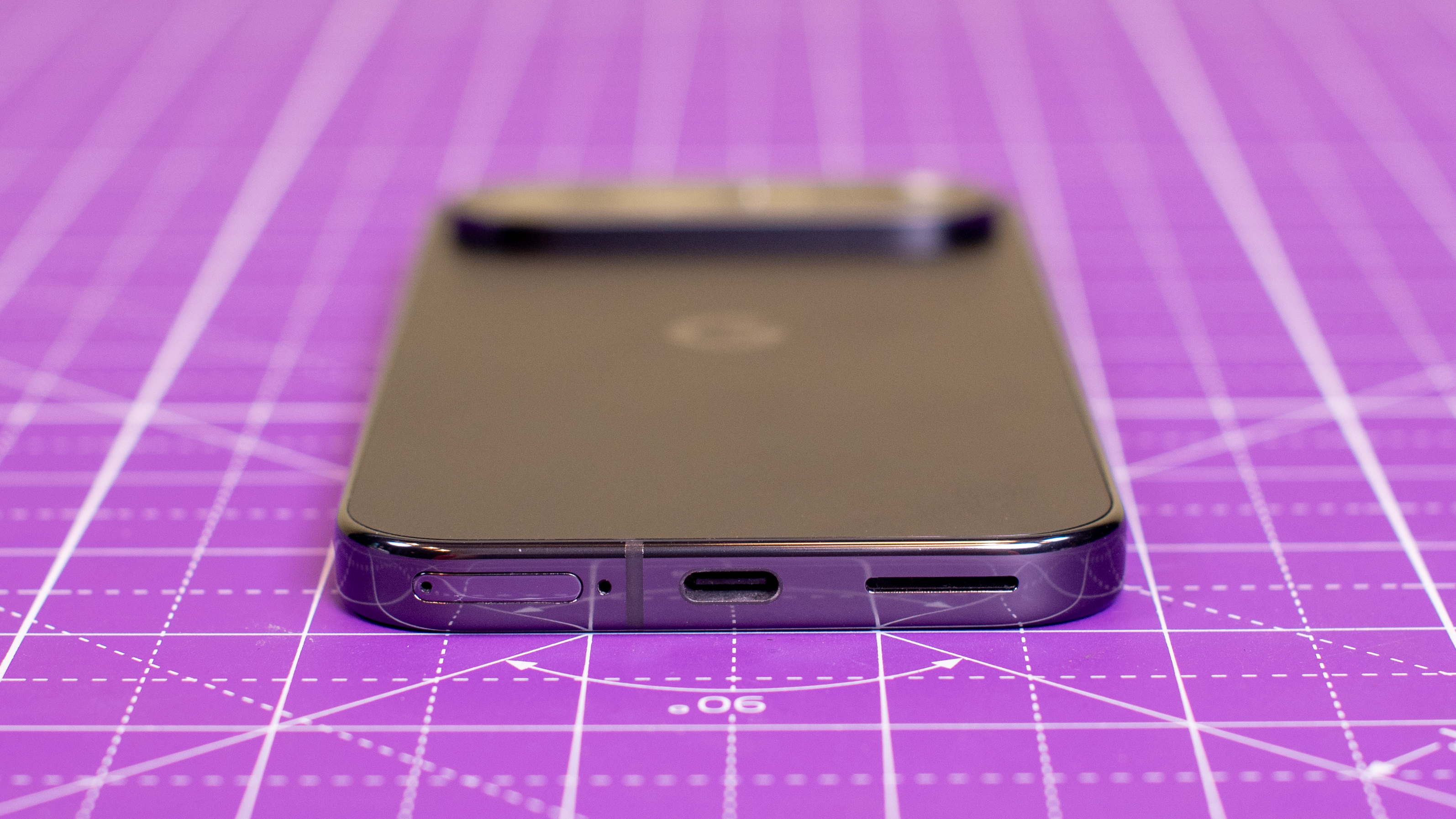
The Pixel 8 Pro has a 5,050mAh battery which, unsurprisingly, is larger than the Pixel 9 Pro’s 4,700mAh cell. However, we’d say that the Pixel 9 Pro has slightly superior stamina.
In our own lab tests, the Pixel 9 Pro lasted 13 hours and 15 minutes, while the Pixel 8 Pro lasted around 10 hours.
When it comes to practical usage, both phones will last you a day of normal usage without making you sweat. Neither is among the longest-lasting phones on the market, but they’re perfectly adequate in the stamina stakes.
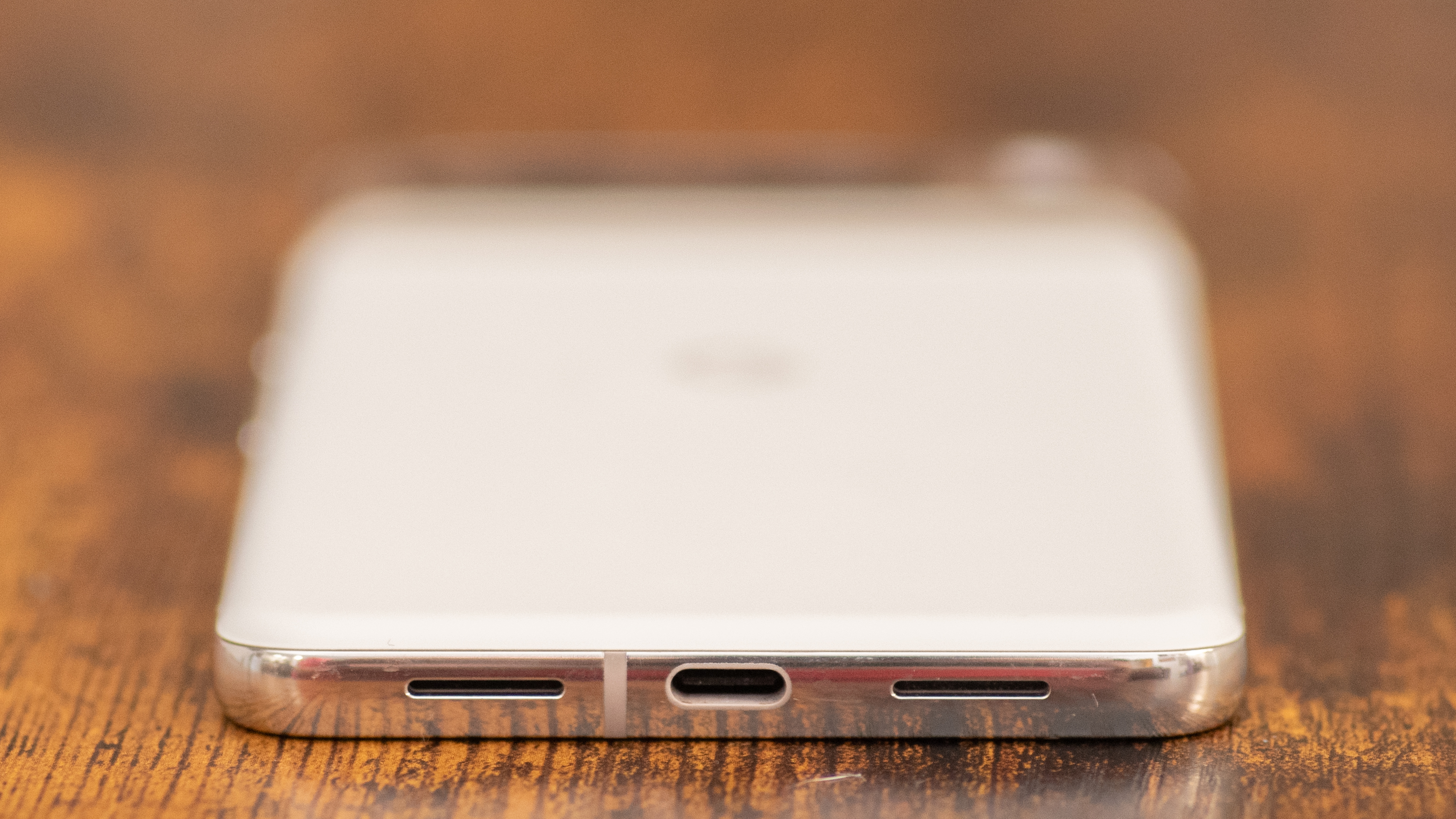
In getting such performance out of a smaller device (with a brighter display, don’t forget), we’d say we’re more impressed with the Pixel 9 Pro in this regard. Perhaps the biggest upgrade in the Tensor G4 is its energy efficiency rather than its outright performance.
Neither phone charges up very quickly, though. The Pixel 8 Pro maxes out at 30W wired charging support, while the Pixel 9 Pro tops out at 27W. Both are way behind the best in the business, but both will get you to around 50% in 30 minutes. The Pixel 9 Pro might get you a tad more, but there isn’t much in it.
Both phones support wireless charging too, with faster speeds capable through Google’s own Pixel Stand – sold separately, naturally.
Google Pixel 9 Pro vs Google Pixel 8 Pro: verdict
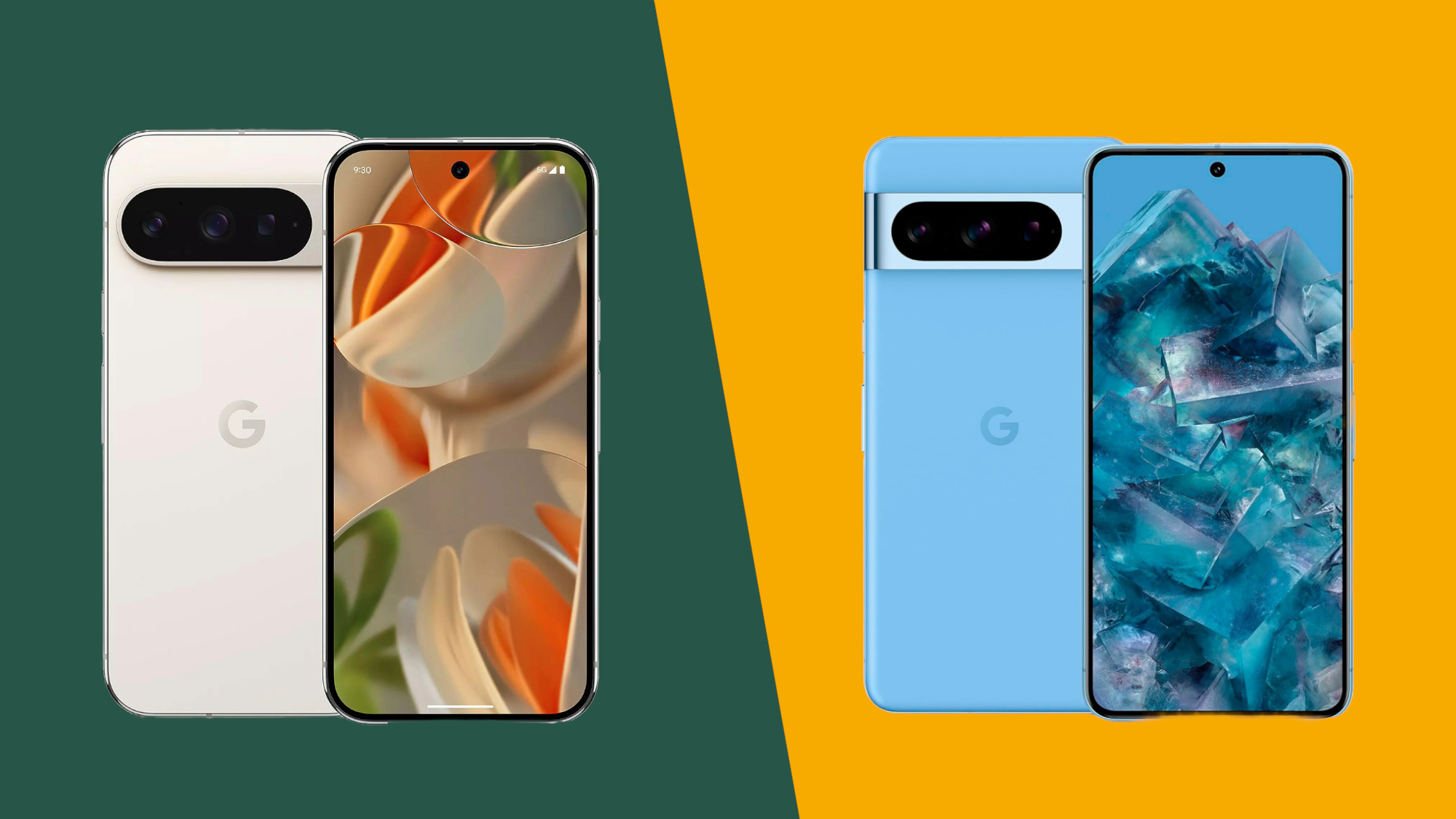
The Pixel 9 Pro is a much more interesting upgrade on the Pixel 8 Pro than its name might suggest. For one thing, it’s competing in a completely different weight class, with a much smaller body and 6.3-inch display.
For another, Google has gone back to the drawing board on the familiar Pixel aesthetic. The new look is a little more iPhone-like than before, but there’s no denying how much of an improvement it is in terms of build quality and all-round sheen.
Add in a brighter display, an improved camera (if not by an awfully large amount), and battery life that can more than hold its own, not to mention a modest performance boost, and the Pixel 9 Pro is quite clearly the better phone of the two.
Of course, bargain hunters will probably be able to pick the Pixel 8 Pro up for significantly cheaper right now, while for others, its large screen will suffice. For everyone else, though, the Pixel 9 Pro is the better buy.

